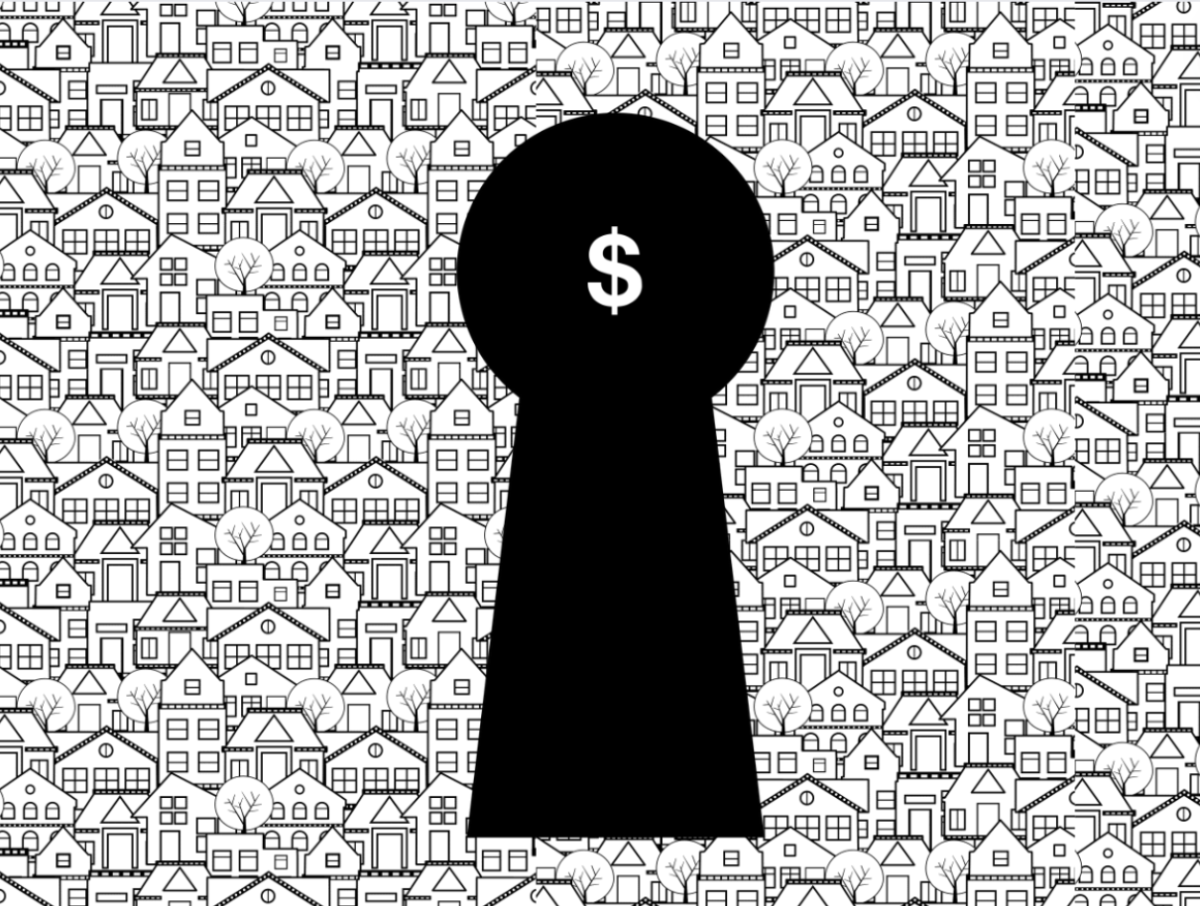I’m a Cali girl at heart – every time I’m on the national circuit in debate tournaments, I’m reminded how much my home state is reflected in the things I say and do.
I mean, I file my lawsuits in swimsuits hidden under blazer suits, I’m tan and sun-damaged from the bright sun, and my mom has gone vegan so many times I’ve forgotten what real steak tastes like.
Don’t get me wrong, California isn’t always as perfect as it seems. We’re filled with plastic, wildfires and education disparities. But the biggest issue in sunny California seems to be the amount of homeless constituents who are pushed to live outside our golden gates.
I live in one of the most privileged regions in the nation, the Bay Area, where the dude on my right invented Google and the dude on my left owns Apple. Yet, if you sail a couple waves down the Bay, you’d be met with apartments smaller than our classrooms, you would see faded facades and broken streets that tell the stories of struggling families, you would see the dreams that have been crushed by economic instability.
Over 43 million low-income Americans live in these conditions. That’s 43 million reasons why I decided to look deeper and found that in the status quo, first-time homebuyers made up only 26% of homeowners, compared to nearly 40% in 1981.
More importantly, the main age of a first-time homebuyer has reached a record high of 49 years old in California specifically. It almost makes me disappointed to say go 9ers!
A house was once a staple in the American dream, yet that dream is further out of reach when our country faces a shortage of nearly 7 million affordable housing units. The Americans pushed into impoverished communities bear the brunt of inaction; where kids turn to drugs instead of books, where parents spend 44 hours a week in inhumane conditions just to put food on the table, where the width of your pocket determines the length of your life.
What’s worse is the extended impacts of this crisis because job retention and productivity both decrease as businesses shut down or workers relocate because of high rents and taxes. Our lack of affordable housing has reduced local taxes, ultimately reducing funding for education, community safety and infrastructure. In fact, the shortage of affordable housing costs our economy an estimated $2 trillion annually.
But let’s flip the pointer for a second and take a look at our solutions. The American Rescue Plan kept our constituents housed during the height of the pandemic and revived new construction. $14 billion of the plan’s State Recovery Funds have been invested in homeless services and provided nearly 4 million additional households with rent.
This plan has started a cycle of generational wealth rather than cyclical poverty, saved another American from being moved onto the street and put a roof over millions of children’s heads.
Yet the funds themselves obviously haven’t been sufficient, which is why it’s time to renew the American Rescue Plan, which has proven to provide relief to millions of our people and further economic growth in local economies particularly.
A house is where memories are made, where families are raised and where safety is promised. But when American constituents aren’t guaranteed those memories, those families, or that safety due to the poverty that our society drives them into, it becomes clear that it’s time for us to act and take responsibility.



michelleh | May 3, 2024 at 9:32 am
LETS GO EMILY